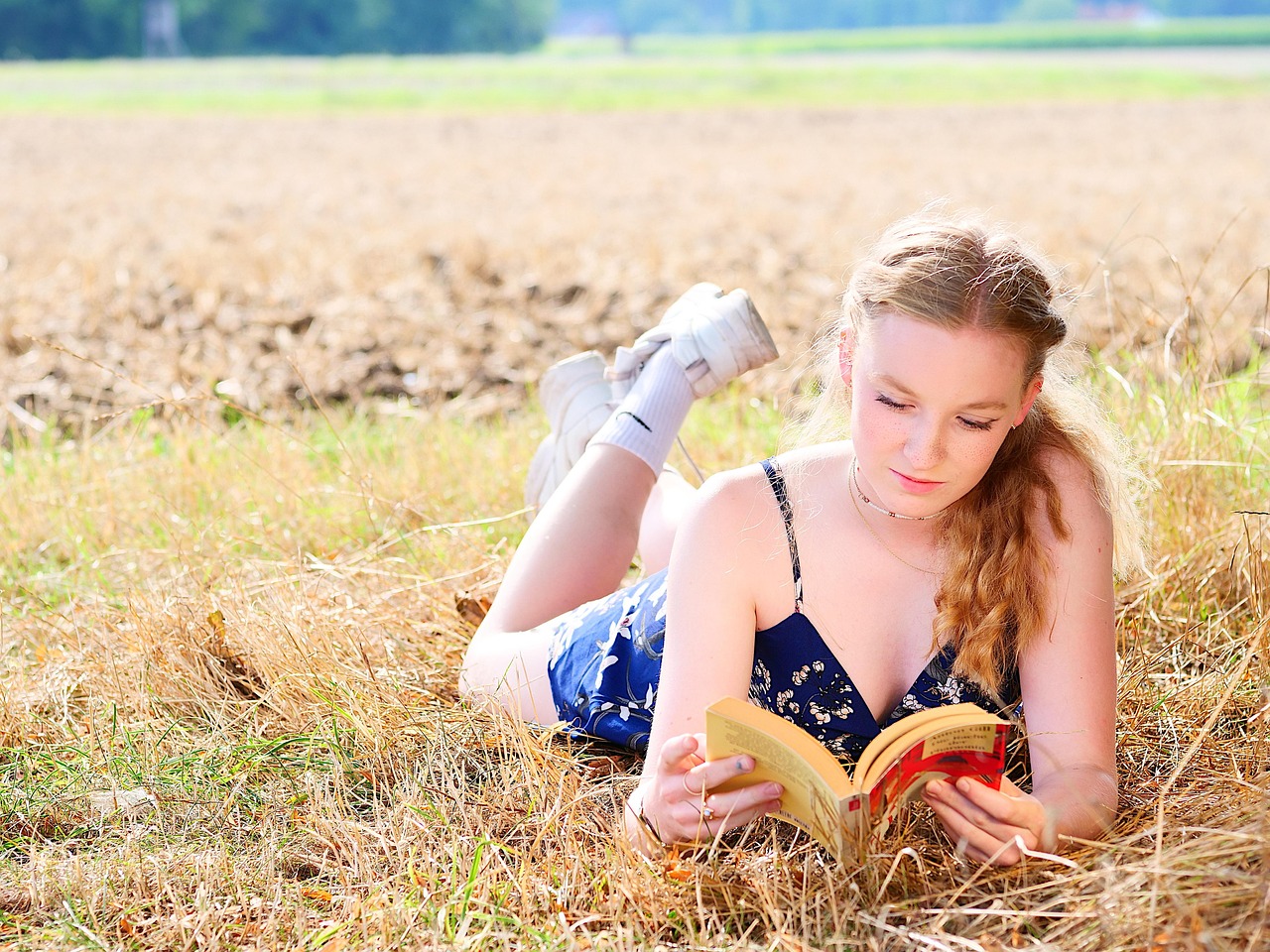The Book Thief by Markus Zuzak Boy Swallows Universe by Trent Dalton The Secret History…
Twitter has got me wondering what you ‘see’ when you read
Humans have long wanted to read the minds of others, to know how and what they think. Who would have thought that Twitter would provide some kind of answer to that question?
Last night, I spotted a post on Twitter that was trending, with thousands of comments and shares. It was an illustration of the outline of a head, and an apple of varying shades placed in the middle of each head. One head had nothing inside it. The question accompanying the illustration was: Close your eyes and imagine and apple. What do you see?
Some respondents replied that they saw an apple in full colour, while many other wrote that they saw nothing.
Author Joanne Harris replied with a clear photo of an apple, writing: “I’m this one. And I know from experience that if I concentrate too hard on visualizing the apple, it will keep re-appearing, without warning, for days…”
At the other end of the spectrum, Vic@simpingforhbertvestra wrote: Wait, people can actually SEE things in their head??? Not just?? Imagining an idea???
When I tried, I was a little disappointed to realise that my mind’s eye was nowhere near as clear, and I see nothing, or a greyish outline at best, when I imagine an object like an apple. It turns out that this inability to visualise an object has a name: it is a condition called aphantasia. Apparently about one or two per cent of the population has aphantasia, but judging by the comments on Twitter, far more had difficulty conjuring up the apple in their mind’s eye.
However, I was even more interested when other Twitter users drew a connection between visualising the apple, and what they see when they read a book.
Jameela Wahlgren wrote: I’m curious what people see when reading a book? I intuitively picture environments in great detail. The perspective they’d be seen from. The time of day, etc But I don’t picture characters unless I really think about it.
Hannah Ballard wrote: I love reading because I can picture characters and scenes in my head like a movie. I guess I always thought everyone did this, but if you can’t visualize things in your head reading would be so much less fun?
I thought about how I read, and realised that I don’t usually have pictures in my head of the setting when I’m reading, but vague impressions of the landscape. In The Dry, it was parched paddocks and dry dams, while in The Choke, it was a narrow and bushy section of the Murray River. In Harry Potter, it is a dark and grand building lit up by lanterns along stone walls, and in The Book of Dirt it is the grey and cold landscape of Poland’s concentration camps.
I rarely have a picture of the characters in my mind’s eye – again, it is just an impression, like a silhouette. While I know what the character looks like, I don’t see it in my mind. However, reading The Handmaid’s Tale recently after having watched the television series, I have had a different experience. I have had trouble getting the image of Offred and Aunt Lydia, as seen on the screen, out of my head, and so I have had a far more vivid impression than usual of the characters. In fact, I always use the picture from a film to conjure up a character in my mind, rather than the one I have perceived myself in a story. If someone asked me what Anna Karenina looked like, I would have trouble describing her as anything other than like Keira Knightly, and the same with Saoirse Ronan in Brooklyn and Tilda Swinton in We Need to Talk About Kevin.
In an article in Book Riot, James Wallace Harris wrote about his attempts to explore what other people were seeing when they read books.
“For several weeks now I’ve been asking friends and book club members what they see when they read. It turns out everyone sees something different. I’ve always assumed, and I think most people do too, that we’re all looking at the same reality, and it pretty much looks the same to all of us. We might all be looking at the same reality, but we’re all seeing something different. And we all have different mental abilities for perceiving it. What we see when we read is just one of many indicators of how we’re different. Some readers claim they see full-blown movies when they read.”
I would love to hear what you ‘see’ when you read a book – would your apple be bright red, an unfocussed grey, or nothing at all?




It’s fascinating isn’t it.
When it comes to objects and places I can visualise them reasonably clearly, but generally not fully dimensional unless I concentrate on doing so. Characters physical features are more impressionistic though – the face is generally ‘slightly out of focus.
I have the same impression of faces – if someone asked me the eye colour of a character, I’d have no idea, but I do have a kind of impression of what they’d look like. It’s strange to think that there are different ways of ‘seeing’ things.